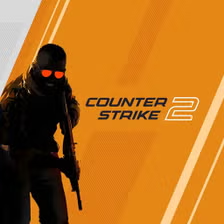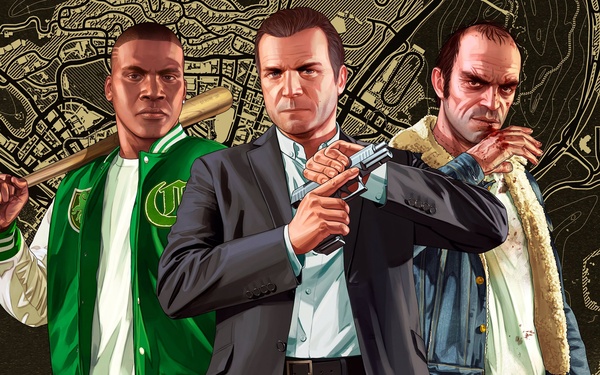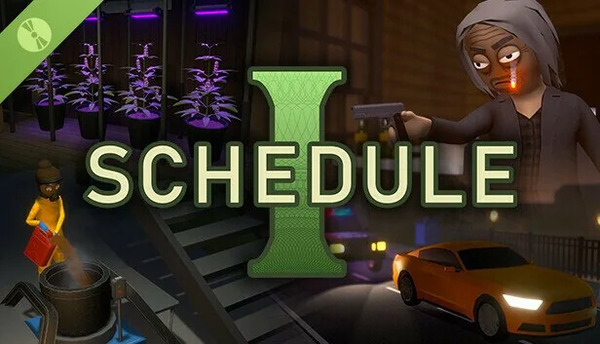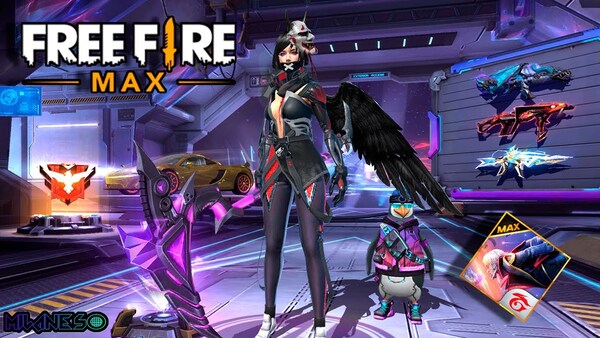Warframe – Complete Guide, Gameplay Systems, and Expert Reviews (2025 Edition)
Introduction: What Is Warframe?
Warframe is a free-to-play cooperative sci-fi action shooter developed by Digital Extremes. Since its launch in 2013, the game has evolved from a niche experiment into one of the most popular and complex action titles in gaming. Set in a distant future, players take control of ancient warriors called Tenno who pilot powerful biomechanical suits known as Warframes.
What makes Warframe unique is its deep customization, fast-paced gameplay, and parkour-inspired movement. The game blends third-person shooting, melee combat, role-playing mechanics, and live service storytelling in a seamless, ongoing universe. With regular updates, cinematic quests, and a massive player base, Warframe is as relevant in 2025 as it has ever been.
1. Warframe's Origins and Evolution
Warframe’s development began as a spiritual successor to Digital Extremes’ earlier project, Dark Sector. Initially rejected by publishers, the team opted to self-publish the game. The result was a rocky but ambitious release in 2013, featuring a limited number of Warframes and missions.
Over the years, consistent updates, community engagement, and developer transparency transformed Warframe into a cult hit. By 2019, it had amassed over 50 million players and was being recognized for its unique design, addictive progression, and unmatched movement system.
2. Gameplay Basics: Combat and Movement
At its core, Warframe revolves around high-speed movement and fluid combat. Players can sprint, slide, wall-run, and perform bullet jumps to navigate environments in stylish fashion. This mobility adds verticality and dynamism to every mission.
Combat is a mix of ranged and melee attacks. Players carry a primary weapon (like a rifle), a secondary weapon (like a pistol), and a melee weapon (like a sword or staff). Quick-switching between weapon types is key to mastering the game's fast, frantic encounters.
3. Understanding the game and Their Roles
There are more than 50 Warframes available, each with distinct abilities and passive traits. Some excel in direct damage, others in crowd control or healing. For example, Excalibur is a great all-rounder for beginners, while Wisp provides support and buffs to the entire squad.
Players often choose Warframes based on mission type or team composition. Warframe abilities can be upgraded and customized with mods to enhance performance. Mastery involves understanding each Warframe’s synergy with weapons, team roles, and mission demands.
4. Weapons and Modding: The Core of Customization
Warframe offers hundreds of weapons, categorized into primary, secondary, and melee classes. These range from conventional assault rifles to energy bows, throwing knives, and space-age blade whips. Each has its own stats, style, and function.
Customization is driven by the modding system. Mods are collectible upgrade cards that alter damage, critical chance, fire rate, and elemental effects. Combining mods intelligently can turn even basic gear into powerful tools. Endgame builds rely on fine-tuned mod synergy for maximum efficiency.
5. Mission Types and Star Chart Progression
Missions in Warframe are spread across a vast Star Chart, representing planets in the solar system. Players unlock new planets and missions by completing objectives. Mission types include Exterminate, Survival, Spy, Defense, and more, each offering a unique gameplay loop.
As you progress through the Star Chart, you'll encounter new factions and challenges. Completing missions also grants Mastery Rank points, helping you level up your overall account and unlock new features like loadout slots and weapon capacity.
6. The Storyline: Cinematic Quests and Lore
Warframe’s narrative evolved dramatically over time. What began as vague space ninja lore has transformed into one of the most engaging sci-fi universes in gaming. Key story moments are delivered through cinematic quests such as The Second Dream, The War Within, and The New War.
These quests explore the origins of the Tenno, the Sentients, and the struggle for balance in the Origin System. Unlike most live-service games, Warframe places heavy emphasis on single-player storytelling, with emotional arcs, voice acting, and plot twists.
7. Factions and Enemies in the Origin System
Warframe features several enemy factions, each with its own visual identity, AI behavior, and lore. The Grineer are a militarized clone race; the Corpus are tech-focused capitalists; the Infested are biological horrors, and the Sentients are AI-driven war machines.
Understanding enemy strengths and weaknesses is vital. Some factions are more vulnerable to certain damage types, requiring players to mod weapons accordingly. Late-game factions like the Narmer bring added layers of strategy and danger.
8. Open Worlds and Social Hubs
Warframe introduced large-scale open worlds such as the Plains of Eidolon, Orb Vallis, and the Cambion Drift. These areas allow players to fish, mine, take on bounties, and interact with NPCs in bustling towns like Cetus and Fortuna.
These zones also serve as social hubs where players can gather, trade items, and customize their Warframes. The introduction of open-world gameplay significantly expanded Warframe’s scope, providing a break from traditional mission formats and encouraging exploration.
9. Community, Clans, and In-Game Economy
Community-driven content is a cornerstone of Warframe. Players can join clans, participate in research, build Dojos, and trade rare mods or Prime parts with others through the in-game market. Clans offer access to exclusive gear and cooperative building systems.
The economy is player-driven, with Platinum (premium currency) being traded for valuable items. Many players earn Platinum by farming items and selling them. This player economy makes Warframe one of the few free-to-play games where you can earn premium currency through gameplay.
10. Endgame and The Future of Warframe game
Endgame content in Warframe includes high-level missions, Prime Warframe and weapon farming, Kuva Lich and Sisters of Parvos hunts, and the Railjack space battles. These challenges require well-optimized builds, teamwork, and strategy.
Looking forward, Digital Extremes continues to support Warframe with expansions like Duviri Paradox and the upcoming Soulframe, which may share some narrative threads. As a live-service game, Warframe constantly evolves, adding new systems and content with community feedback in mind.
Rating: 9/10 – A Space-Ninja Masterpiece
Warframe earns a solid 9 out of 10 for its innovation, depth, and longevity. Few games manage to combine such a wide range of mechanics so seamlessly. From its stunning art direction to its intricate modding and engaging lore, Warframe offers something for everyone — whether you're a casual player or a hardcore min-maxer.
It does have a steep learning curve and a few outdated systems, but its rewards for persistence are unmatched. In 2025, Warframe remains a shining example of a successful live-service title done right.
Conclusion
Warframe is a living, breathing sci-fi epic that defies typical genre boundaries. It offers players an enormous universe to explore, masterful combat systems, and a highly supportive community. Whether you’re here for the lore, the loot, or the laser swords, Warframe continues to evolve and innovate in ways few games can match.
With regular content updates and a developer that listens to its community, Warframe isn’t just a game—it’s a platform, a hobby, and for many, a digital home. If you haven't jumped into the Origin System yet, now is the perfect time





























